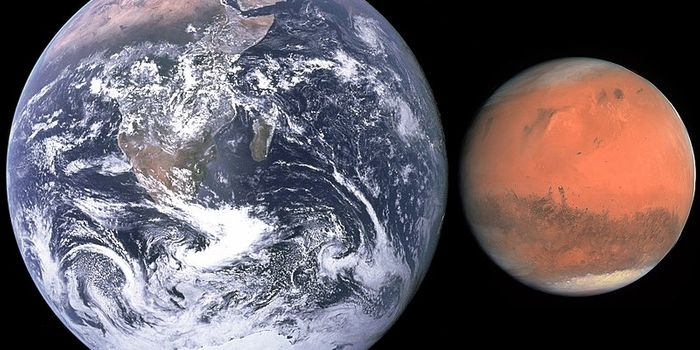Microbes help measure carbon in the ocean
It comes as no surprise that scientists are interested in decoding the enigma of carbon cycling in the oceans- after all, the oceans absorb approximately 31% of all carbon emissions, acting as a ginormous carbon sink for the entire planet. Now, new research led by USC and published in the Proceedings of the National Academy of Sciences aims to explain some of the discrepancies in past carbon cycling models, looking toward ocean microbes as a guide for rectifying the calculations.
"The ocean is a huge carbon reservoir with the potential to mitigate or enhance global warming," said senior author Naomi Levine, who is an assistant professor in the biological sciences department. "Carbon cycling is critical for understanding global climate because it sets the temperature, which in turn sets climate and weather patterns. By predicting how carbon cycling and storage works, we can better understand how climate will change in the future."
As the researchers explain, organic matter (think of it as decaying plant and animal matter) in the global ocean, soils, and sediments stores about five times more carbon than the atmosphere. Organic matter accumulation is largely influenced by microbes that consume such matter, so looking at ocean microbes offers a path to understanding organic matter cycling and subsequent carbon cycling in the oceans. This information is crucial to generating accurate climate change mitigation policies and actions.
The USC framework offers a new approach to understanding organic matter accumulation by joining previous hypotheses on the matter (no pun intended). By combining said hypotheses, it eliminates the limitations each prior hypothesis has faced standing alone. The framework is based on ecological dynamics and considers factors such as diversity of microbes, water temperature, nutrients, reproduction rates, sunlight and heat, and ocean depth, just to name a few.
The framework also provides a tool to understand organic matter accumulation and the role that microbes play in that on a millennial timescale, allowing the scientists to look back into the past at Earth’s carbon balance and foreshadow future events. As Science Daily explains, the team’s calculations confirm previous evidence that “microbes will consume more organic matter and rerelease it as carbon dioxide as the ocean warms, which ultimately will increase atmospheric carbon concentrations and increase warming,” most likely in a non-linear timeframe.
Such a framework is helpful in processing large numbers of data to predict how carbon will cycle through Earth’s changing climate. "Predicting why organic carbon accumulates has been an unsolved challenge," concludes co-author Emily Zakem. "We show that the accumulation of carbon can be predicted using this computational framework."
Sources: PNAS, Science Daily








